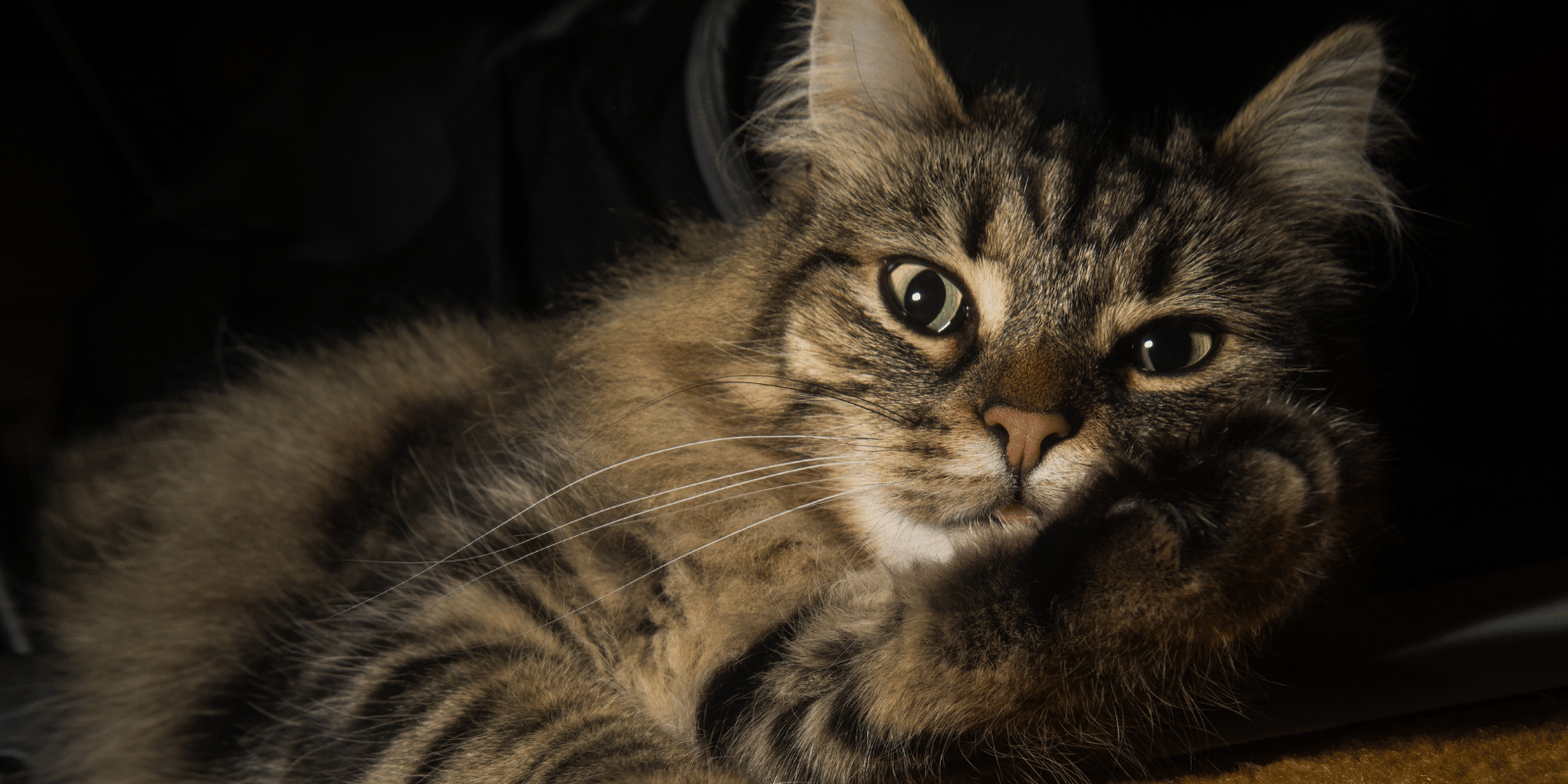Pets bring immense joy and companionship into our lives, and their quirky behaviours only make them more endearing. Each pet is full of personality and often communicates with us in subtle ways. Understanding your pet's behaviour can help you meet their needs, strengthen the bond between you, and contribute to their overall well-being. Here are 12 quirky signs your pet may display and what they mean:
1. Pawing: Seeking Attention or Expressing Discomfort
Pawing is a common behaviour in pets like dogs and cats, and it can mean different things. If your pet is pawing at you, it may be an attempt to get your attention or seek affection. Your pet may also paw at objects or their food bowl, indicating that they are hungry or thirsty. However, excessive pawing can be a sign of anxiety, stress, or boredom. It's important to monitor this behaviour and respond accordingly to your pet's needs.
2. Tail Wagging: Decoding Your Dog's Emotional State
Tail wagging is a well-known behaviour in dogs, and it can signify different things depending on the context. A relaxed tail wag accompanied by a friendly demeanour is usually a sign of happiness and excitement. However, a tucked tail or a stiff, rapid wag could indicate fear or anxiety. It's essential to observe your dog's body language to determine their emotional state.
3. Head Pressing: A Sign of Serious Health Issues
Head pressing is when your pet presses their head against a wall or object. This behaviour is abnormal and can be a sign of a severe health issue such as a neurological disorder, poisoning, or a brain tumour. If your pet is exhibiting this behaviour, it's crucial to contact your veterinarian immediately.
4. Licking: Grooming, Affection, or Anxiety?
Licking is a common behaviour in dogs and cats, and it can signify several things. Your pet may be grooming themselves, showing affection, or trying to communicate hunger or thirst. However, excessive licking can also indicate anxiety, boredom, or stress. It's important to monitor your pet's behaviour to determine the cause of the excessive licking.
5. Hiding: Addressing Fear and Anxiety in Pets
If your pet is hiding under furniture or in a corner, it may be a sign of fear, anxiety, or stress. It could be due to loud noises such as thunderstorms, unfamiliar surroundings, or changes in the household routine. Providing a safe, calm environment and comforting your pet can help alleviate their stress.

6. Vocalization: Understanding Your Pet's Unique Language
Pets communicate through vocalization, and their meows, barks, or chirps can mean different things. Your pet may be communicating hunger, pain, or seeking attention. Understanding your pet's vocalization patterns and context can help you respond to their needs appropriately.
7. Zoomies: Excitement and Energy Release
Zoomies are sudden bursts of energy that your pet may exhibit by running around the room at breakneck speed. This behaviour is typically a sign of happiness and excitement, but it can also be a way to release pent-up energy. Providing regular exercise and playtime can help alleviate this behaviour.
8. Rolling: Playful or Seeking Relief?
Rolling onto their back is a common behaviour in dogs and cats and can signify several things. Your pet may be showing submission, inviting play, or seeking attention. Rolling can also be a way to scratch an itch or get a good stretch. However, if your pet is constantly rolling, it could be a sign of a skin condition or allergies.
9. Scratching: Itch Relief or Indicating a Health Issue?
Scratching is a behaviour that pets exhibit to relieve itching or groom themselves. However, excessive scratching can be a sign of allergies, parasites, or skin irritation. It's important to monitor your pet's scratching behaviour and seek veterinary care if it becomes excessive or causes skin damage.
10. Chewing: Teething, Boredom, or Anxiety?
Chewing is a common behaviour in dogs, especially puppies, and can be a sign of teething, boredom, or anxiety. Providing appropriate chew toys and regular exercise can help alleviate this behaviour. However, if your pet is constantly chewing on objects other than their toys, it could be a sign of a behavioural issue or dental problem.
11. Biting: Fear, Aggression, or Pain
Biting is a behaviour that should not be taken lightly and can be a sign of fear, aggression, or pain. It's important to seek professional help to address biting behaviour in pets and prevent potential injuries.
12. Staring: Curiosity, Attention-Seeking, or Anxiety
If your pet is staring at you or objects, it could mean they are curious, trying to get your attention, or communicating discomfort or anxiety. Understanding your pet's body language and context can help you determine the cause of their staring behaviour.
Strengthen Your Bond by Understanding Your Pet's Behaviours
Understanding your pet's quirky behaviours can help you respond appropriately to their way of communicating. By observing and decoding these unique signs, you can better meet your pet's needs, contribute to their overall well-being, and ultimately, strengthen the bond between you and your furry friend.




